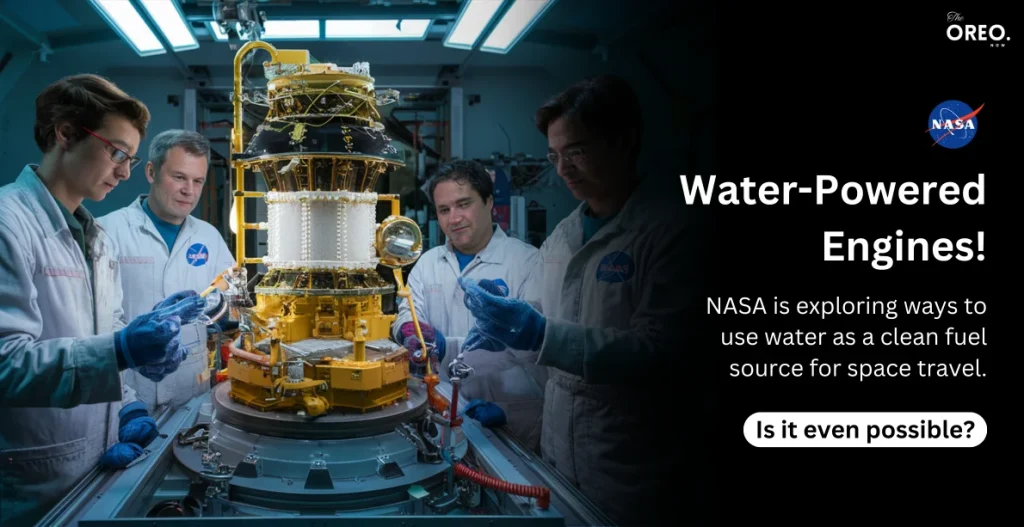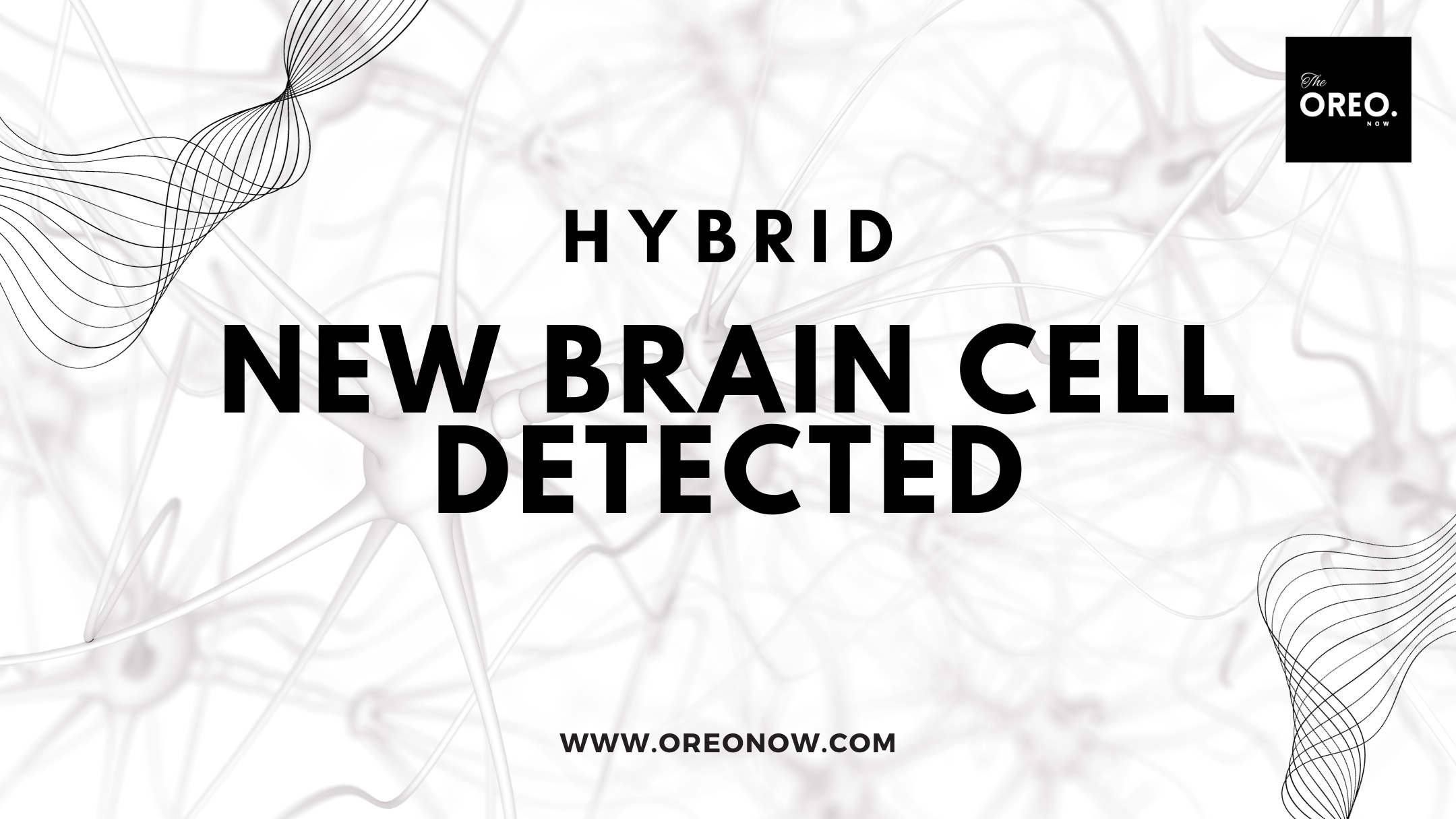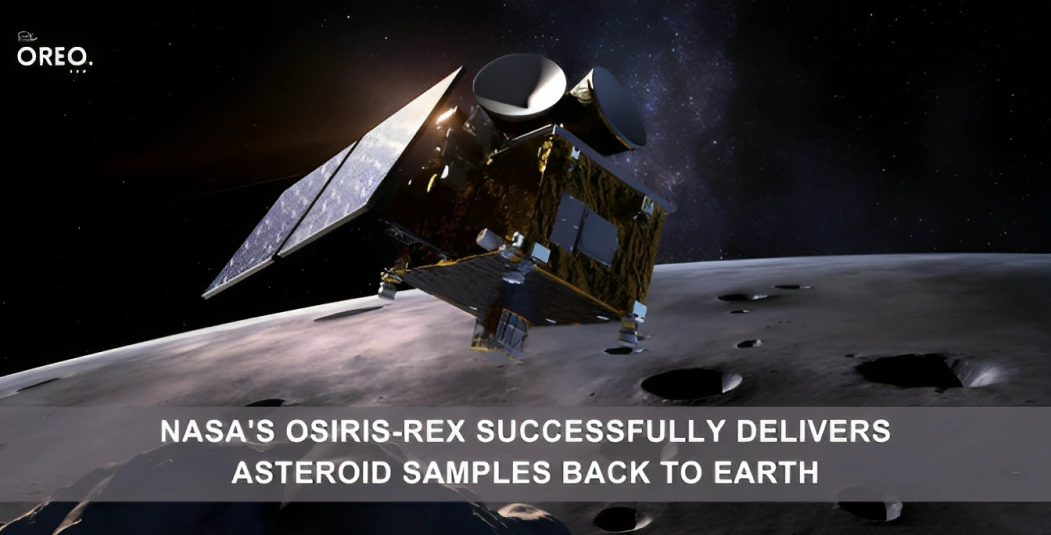Water-Powered Engine: NASA is exploring ways to use water for space travel

A water-powered engine uses electrolysis to separate water into hydrogen and oxygen and then uses those gases as propellants. Imagine a world where cars run on water! No more gas stations, no more pollution! Sounds great, right? Well, there’s some truth to the idea, but it’s not quite as simple as pouring water into your tank.
Here’s what NASA is saying about water-powered engines. While water itself can’t power a car engine, scientists are looking at ways to use water as a fuel source.
NASA’s idea involves splitting water into its parts, hydrogen and oxygen. Hydrogen gas is a great fuel, but the problem is getting more energy out than you put in to separate it from water. It’s like trying to use a balloon pump to inflate a bigger balloon – it just takes more effort than you get back.
Water-Powered Engine in Space
In space, things get a bit more interesting. Here, water-powered engines might actually be useful! Spacecraft don’t need a constant flow of power like cars on Earth. Instead, they use short bursts of energy.
Scientists are working on ways to use water to create small bursts of power for spacecraft. This would be a cleaner alternative to the fuels they use now. So, while water cars might not be on the road anytime soon, water-powered space travel might be a future possibility!
NASA’s Views on Water-Powered Engine
NASA believes that water-powered engines are technically possible. They conducted research in 1997 on a concept for the water-powered movement called electrolysis propulsion. This concept uses electricity to separate water into hydrogen and oxygen molecules, which can then be used as propellants. However, NASA also acknowledges that this technology is not currently viable for use in powering cars on Earth. This is because cars require a constant stream of force to move, and the water tanks in the CubeSats that NASA tested were too small to provide that kind of power. Additionally, loose hydrogen is very volatile and dangerous. While water-powered engines may not be a practical solution for cars, NASA’s research does show promise for the use of hydrogen fuel cells as a clean energy source.
What is Electrolysis Propulsion?
Electrolysis propulsion is a concept for water-powered movement that was outlined in a research paper by NASA scientists in 1997. It works by passing an electric current through a water source to separate it into its component molecules, which are then used as propellants. This process creates hydrogen and oxygen gas that can be used to create thrust in a rocket nozzle.
While the concept is feasible, it is not currently viable for use in powering cars on Earth. This is because the engines would require a constant stream of power to move the car, and the hydrogen gas produced is volatile. However, water-powered engines have been successfully used in powering satellites in space. In space, the engines only need short bursts of power to move the satellite, and the lack of gravity makes the weight of the fuel less of a concern.
Water-powered engines are a cool idea, but there are challenges to overcome. Let’s see what NASA can do to make water a source of clean fuel for space travel, till then stay connected with Oreonow.



